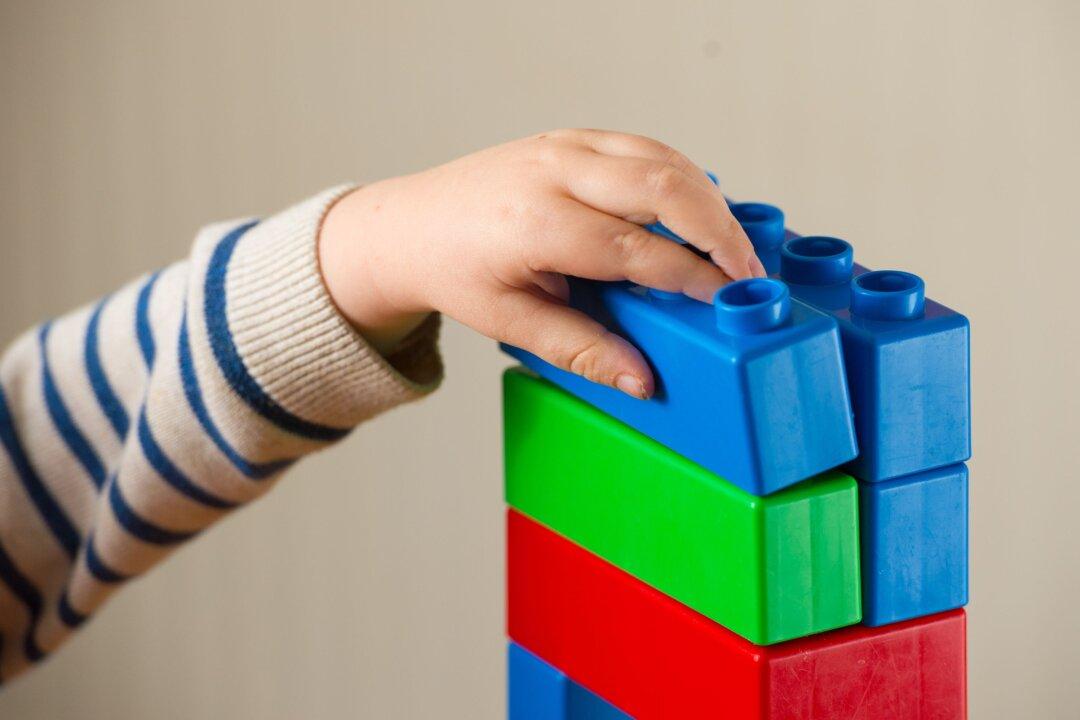The proportion of toddlers in England who met the expected levels of development has continued to fall, according to figures published on Tuesday.
The figures, published by the Office for Health Improvement and Disparities, showed that between April 2022 and March 2023, around 79.2 percent of children who received a 2—2.5-year-old check were at or above the expected levels of development across all five metrics, including communications skills, gross motor skills, fine motor skills, problem-solving skills, and personal-social skills.





